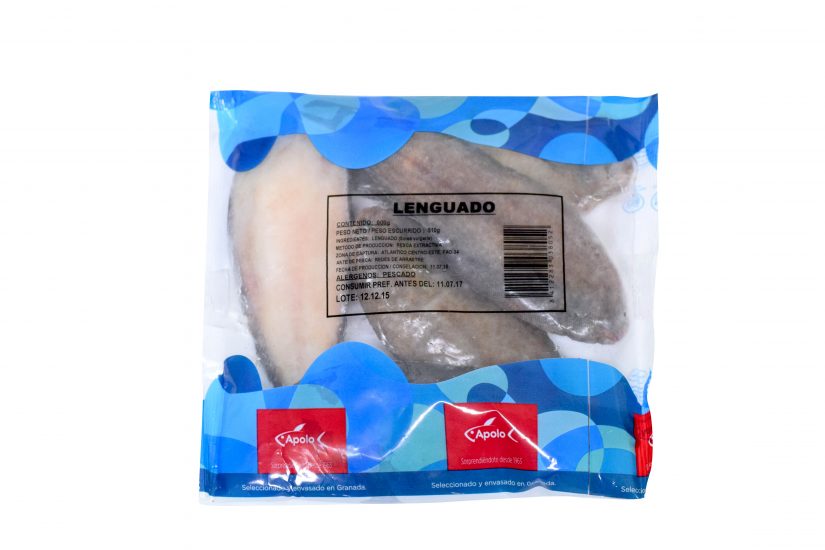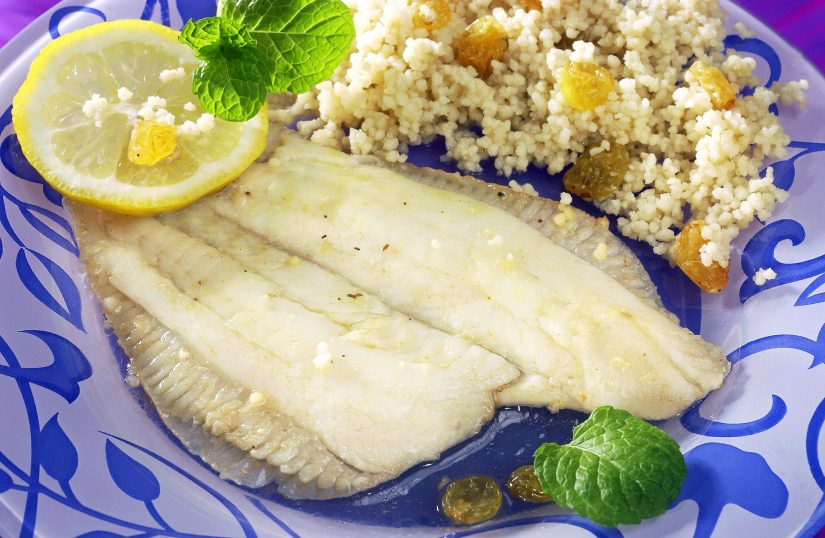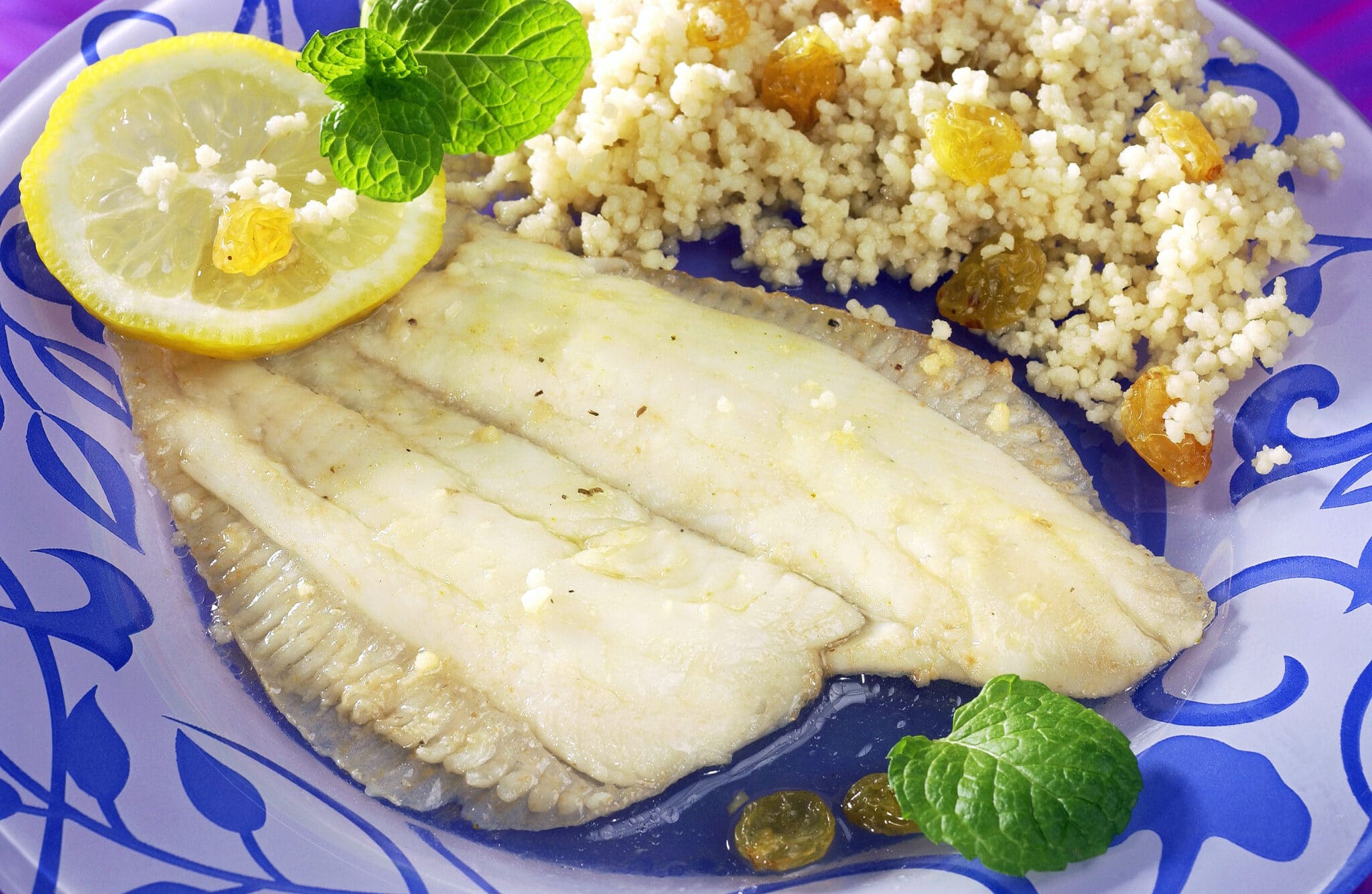Because of its low calorie content, pleasant texture and mild flavor, this type of frozen fish is one of the most consumed in homes, restaurants and hotels around the world.
Sole, or solea vulgaris, is a white fish from the East Central Atlantic waters and is caught mainly during the months of March and April. For this reason, frozen frozen sole is an excellent alternative to enjoy its quality at any time of the year.
It is characterized for being an oval and flat fish -like turbot or roosterfish- that can reach 30 to 60 centimeters in length and up to 300 grams in weight. It lives in the depths of the sea, where it hides camouflaged in the sand. It is a fine fish and easy to eat, both for children and the elderly.
Nutritional benefits
 Frozen sole retains the same nutritional properties as fresh sole and can always be available in the desired quantity. Without losing a minimum of category. Consumed frequently, it provides the necessary amount of potassium, iodine, iron and magnesium. It is a fish rich in these minerals and helps to protect the nervous and muscular system.
Frozen sole retains the same nutritional properties as fresh sole and can always be available in the desired quantity. Without losing a minimum of category. Consumed frequently, it provides the necessary amount of potassium, iodine, iron and magnesium. It is a fish rich in these minerals and helps to protect the nervous and muscular system.
It is ideal for those people who practice a healthy diet, who seek to lose weight or lower their cholesterol level; 100 grams of sole only provide 1.5 grams of fat. In addition, this type of frozen fish is recommended for those who have digestion problems. In the same way, due to its high content in vitamin B3 and folic acid, it is a must in the menu of future mothers and, due to its exquisite flavor, it is an ally to introduce the little ones to a healthy diet.
Recommendations for preparation
En papillote or grilled with a few drops of olive oil or lemon, we can enjoy its full flavor. And it is that the frozen sole is one of the easiest dishes to cook. It is a faithful accompaniment to salads – tomato salad with lettuce or red peppers – and goes perfectly in stews with seafood or clams and in large baked dishes with potatoes, tomatoes, onion and pepper.
What is your favorite recipe with sole? Share it with us!






